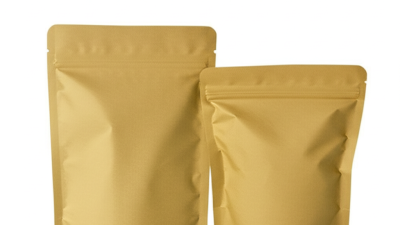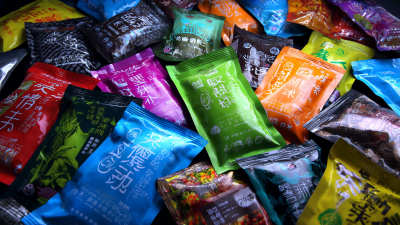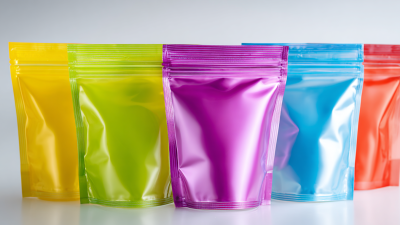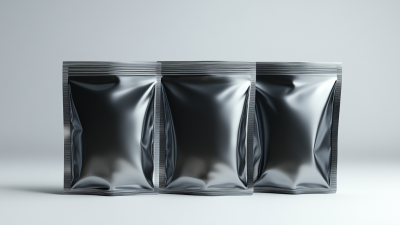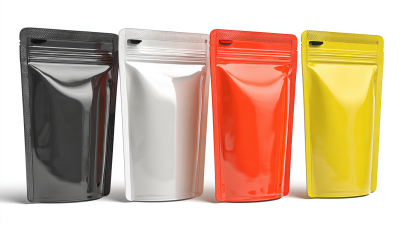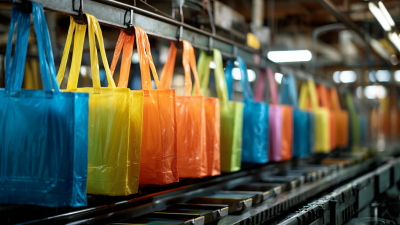- Phone:+86 15218629499
- Phone: +86 15766990063
- E-mail: Yzprinting01@163.com
In the ever-evolving landscape of consumer goods, the choice of packaging can significantly impact a product's success in the market. Plastic Pouch Packaging has emerged as a preferred solution for manufacturers, offering flexibility, cost-effectiveness, and convenience. According to a report by Mordor Intelligence, the global flexible packaging market is projected to reach USD 300 billion by 2025, with plastic pouches leading the charge due to their lightweight nature and ability to preserve product freshness. The versatility of Plastic Pouch Packaging caters to a wide range of industries, from food and beverages to personal care products. As companies strive to enhance brand visibility and sustainability, understanding the intricacies of selecting the right type of plastic pouch is crucial. By considering factors such as material properties, usage requirements, and regulatory standards, businesses can optimize their packaging choices to meet consumer demands while also aligning with environmental initiatives.
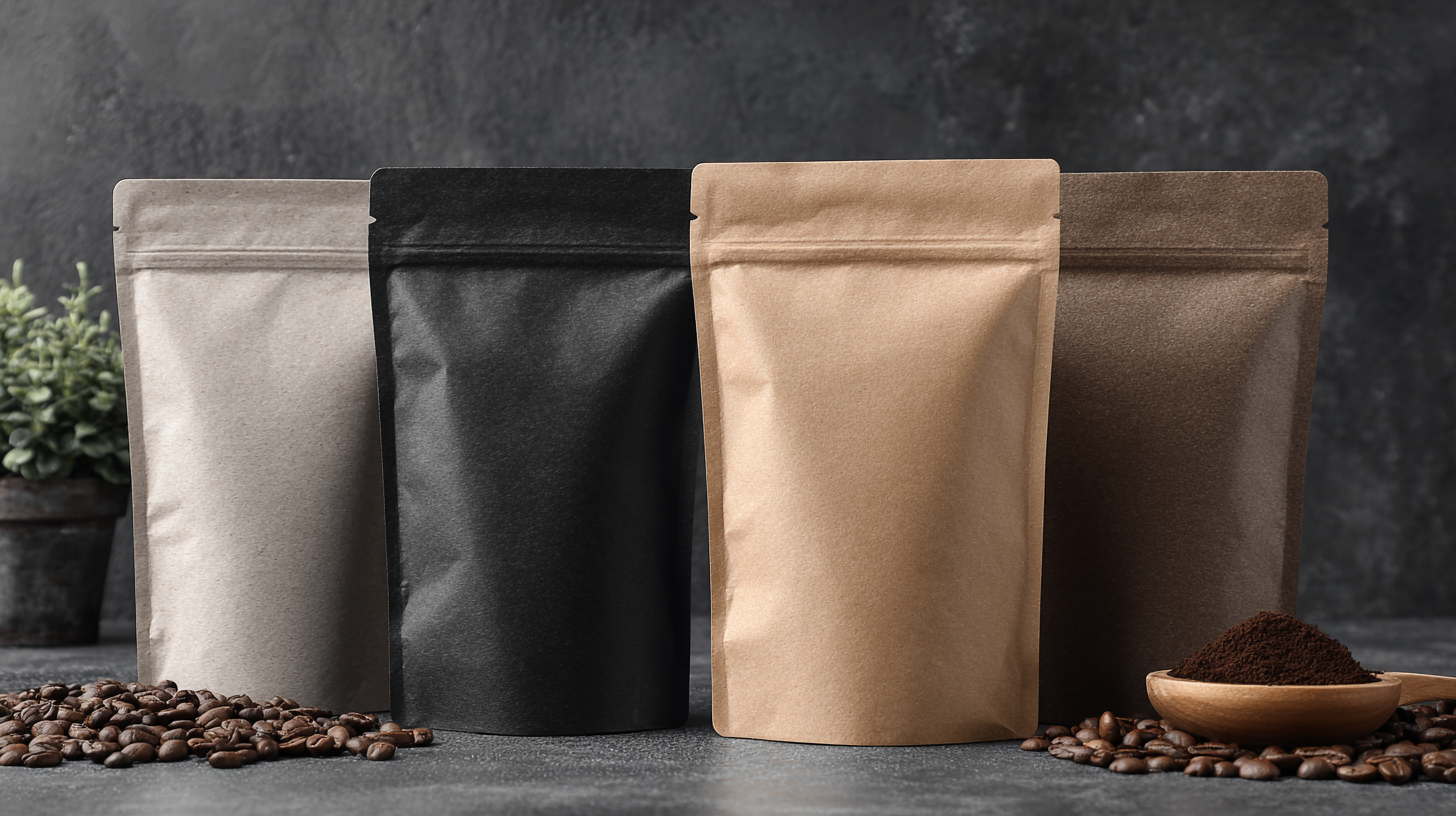
When selecting the right plastic pouch packaging for your product, it’s essential to understand the various types available on the market. Stand-up pouches, a popular choice, offer excellent visibility on shelves and are highly functional for packaging liquids, granules, or powders. These pouches can be custom-designed with features like zippers or spouts to enhance user convenience, making them a versatile option for brands.
In recent years, the flexible plastic packaging market has seen a significant shift towards sustainability. Flexible pouches are often lighter and require less raw material than rigid packaging, which contributes to a reduced carbon footprint. Brands focused on innovative packaging solutions are increasingly opting for biodegradable options within this sector to align with eco-friendly initiatives.
Tips: When choosing packaging, consider the product's storage requirements and shelf life. Ensure that the packaging material is durable yet flexible enough to withstand transportation. Additionally, evaluate the environmental impact of your packaging choice; opting for recyclable materials can significantly enhance your brand's sustainability profile.
When choosing the right plastic pouch packaging for your product, it's essential to evaluate specific requirements related to size, shape, and material. The size of the pouch must accommodate the volume of the product without excessive empty space, which can lead to waste and inflate shipping costs. Additionally, consider the weight of your product; lightweight items often require thinner pouches, while heavier products may need reinforced packaging for added durability. Understanding the dimensions of the product will help in selecting the most efficient pouch size, ensuring that it fits perfectly and protects the contents effectively.
The shape of the pouch is equally important, as it can impact both functionality and shelf appeal. Stand-up pouches, for instance, are ideal for products that benefit from visibility and ease of storage, while flat pouches may suit items that are stackable. Moreover, the design should reflect the brand's identity and attract customers, so choosing a shape that aligns with these goals matters. Finally, material considerations play a crucial role; the selection of plastic type (such as PET, PE, or biodegradable options) can affect the packaging's barrier properties, seal strength, and environmental impact. By thoughtfully assessing these factors, businesses can ensure their packaging choice enhances product presentation and meets customer expectations.
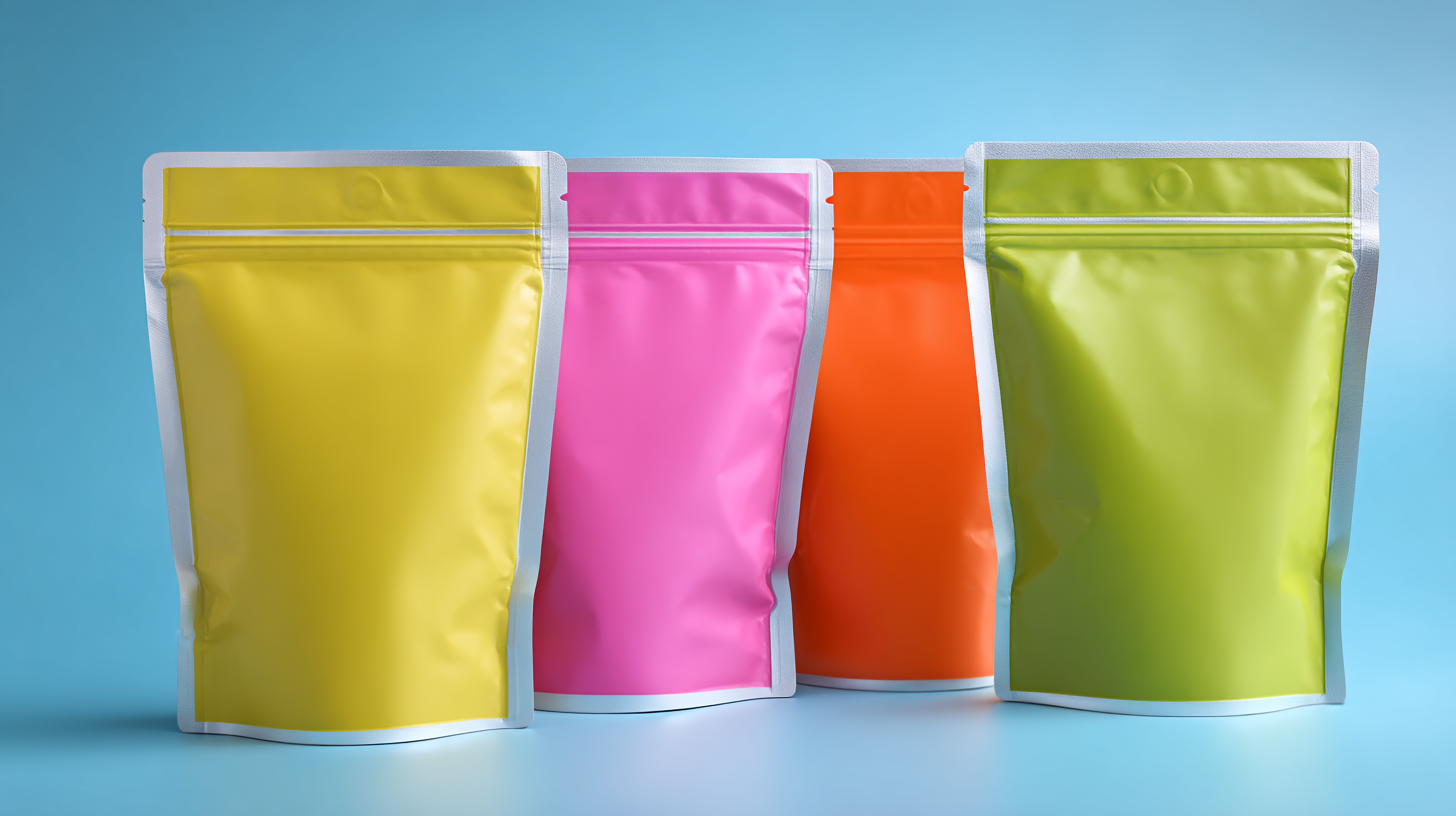 When selecting plastic pouch packaging, one crucial factor is its environmental impact. According to a 2020 report by the World Economic Forum, plastic packaging accounts for approximately 26% of total plastic production, contributing significantly to global waste. To make informed choices, businesses should consider the lifecycle of their packaging materials, including production, transportation, and disposal. Choosing biodegradable or recyclable options can significantly reduce the overall carbon footprint, which, as per a study by the Ellen MacArthur Foundation, can lower plastic waste by up to 70% if widely adopted.
When selecting plastic pouch packaging, one crucial factor is its environmental impact. According to a 2020 report by the World Economic Forum, plastic packaging accounts for approximately 26% of total plastic production, contributing significantly to global waste. To make informed choices, businesses should consider the lifecycle of their packaging materials, including production, transportation, and disposal. Choosing biodegradable or recyclable options can significantly reduce the overall carbon footprint, which, as per a study by the Ellen MacArthur Foundation, can lower plastic waste by up to 70% if widely adopted.
Moreover, assessing the environmental impact involves understanding the sourcing of materials. The Sustainable Packaging Coalition notes that plastic produced from renewable resources can have a smaller environmental impact compared to conventional petroleum-based plastics. For instance, bioplastics derived from corn or sugarcane can provide similar product protection with less resource depletion. By prioritizing materials that are recyclable, compostable, or derived from renewable sources, brands not only meet consumer demand for sustainability but also contribute to a circular economy that minimizes waste and promotes responsible consumption.
When selecting plastic pouch packaging for your product, balancing quality and budget is essential for ensuring market competitiveness and customer satisfaction. According to a 2021 report by Smithers Pira, the global flexible packaging market is expected to reach $321 billion by 2024, highlighting the increasing demand for high-quality yet cost-effective packaging solutions. Brands need to assess the trade-offs between advanced materials and manufacturing techniques and their direct impact on production costs. For instance, while investing in biodegradable options can attract environmentally conscious consumers, the report notes that the price of such materials typically runs 15-25% higher than conventional plastics.
Conducting a comprehensive cost analysis can reveal the long-term value of quality packaging. A study from Freedonia Group states that companies that utilize superior materials often see a 30% increase in product shelf life, reducing the total cost incurred from spoilage and returns. Additionally, high-quality packaging can enhance brand perception, leading to higher sales and consumer loyalty. Therefore, brands must consider not only the immediate expenses but also the potential savings and revenue boosts over time when choosing plastic pouch packaging.
When selecting plastic pouch packaging for your product, regulatory compliance is a critical factor that cannot be overlooked. It is essential to ensure that the materials used in your packaging meet industry standards that govern safety and environmental considerations. Different products, such as food items, pharmaceuticals, or cosmetics, have specific regulations dictated by organizations such as the FDA or EPA. Understanding these requirements is crucial not only for legal compliance but also for maintaining consumer trust in your brand.
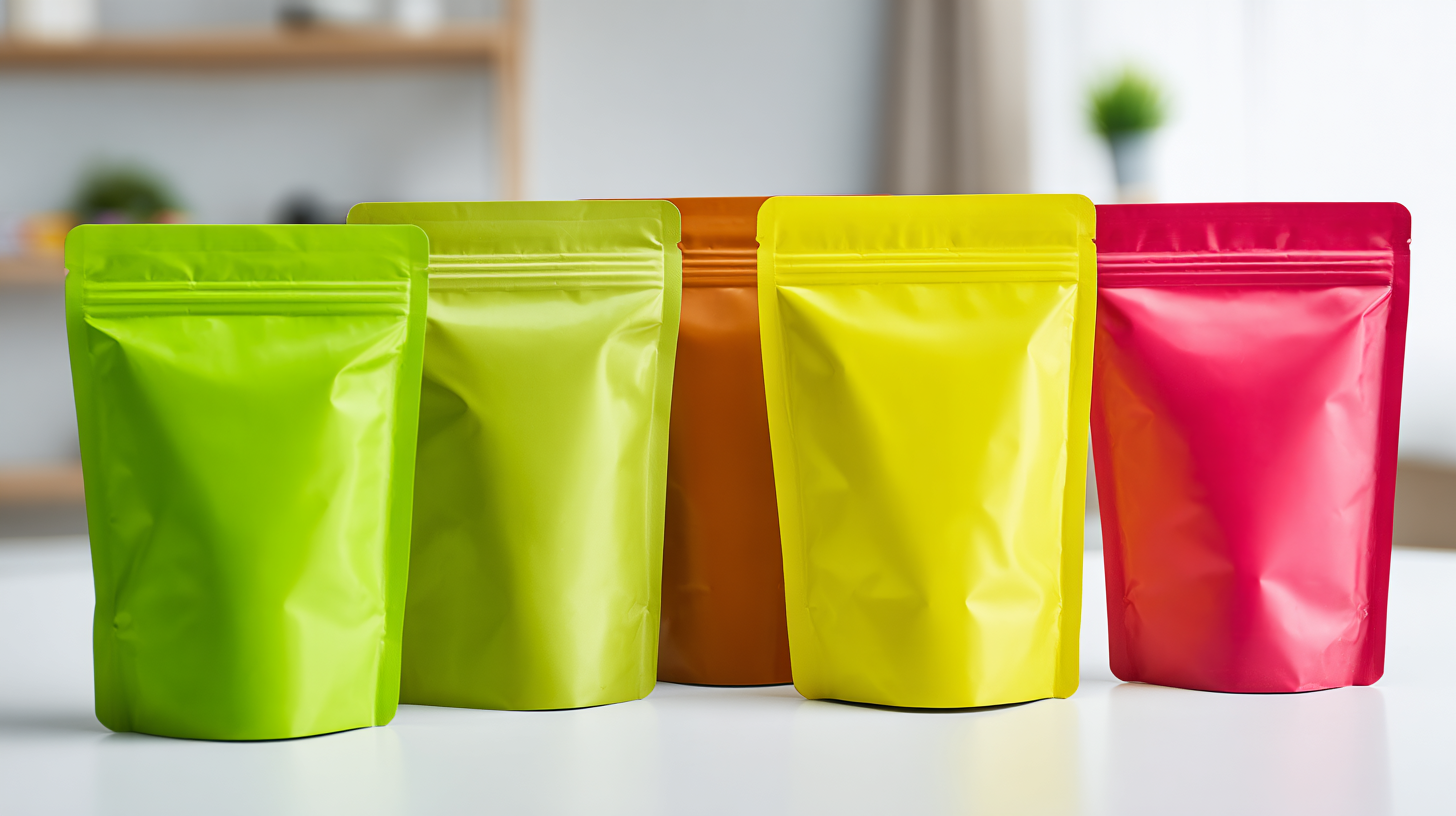
Furthermore, keeping abreast of the latest safety regulations will help safeguard your products and enhance your company's reputation. Each region may have its own compliance guidelines, ranging from material safety to labeling requirements. Conducting thorough research and possibly consulting with a regulatory affairs expert can help clarify these conditions. By proactively addressing these factors, you can secure packaging that not only protects your product but also reassures consumers about their safety.
